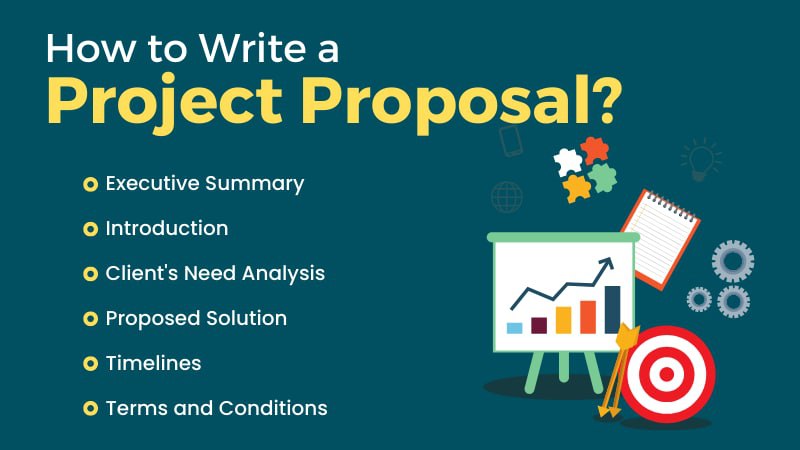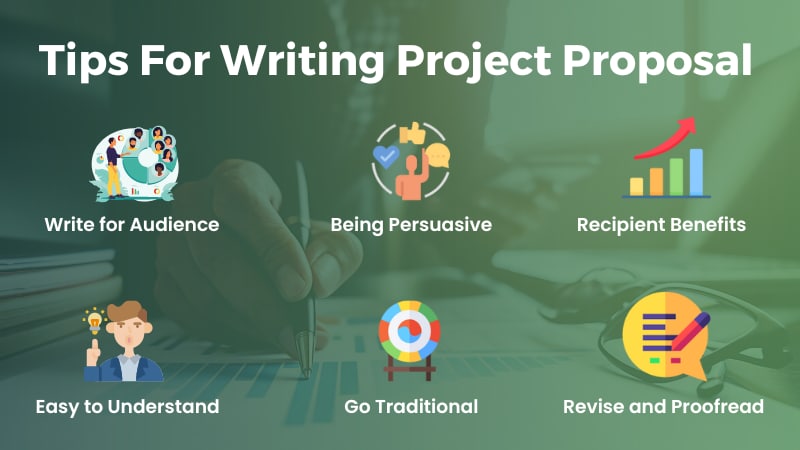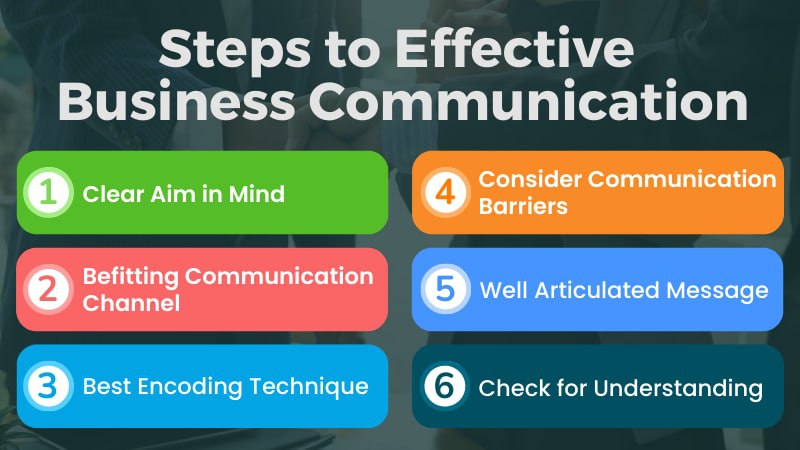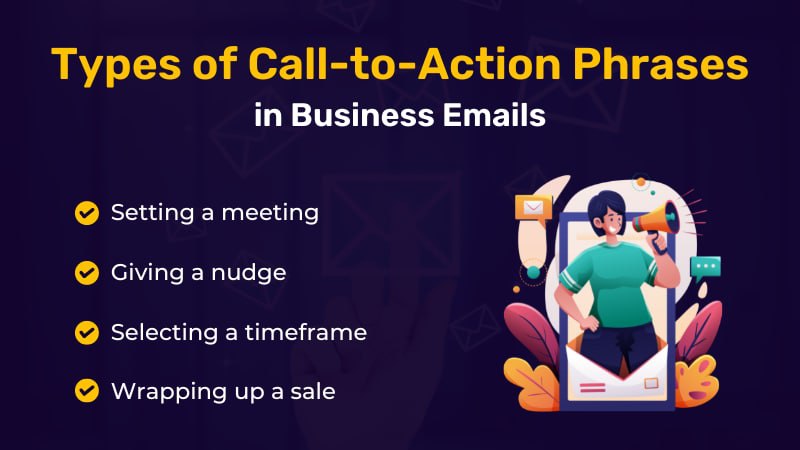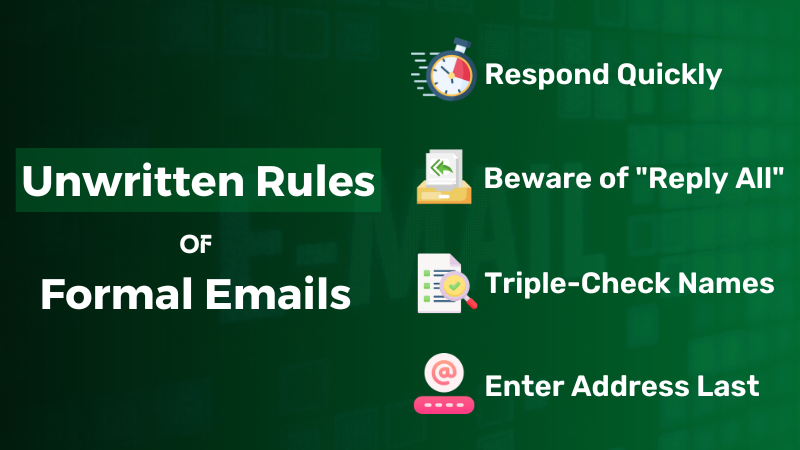How to Write Business Emails Professionally With its Types and Samples
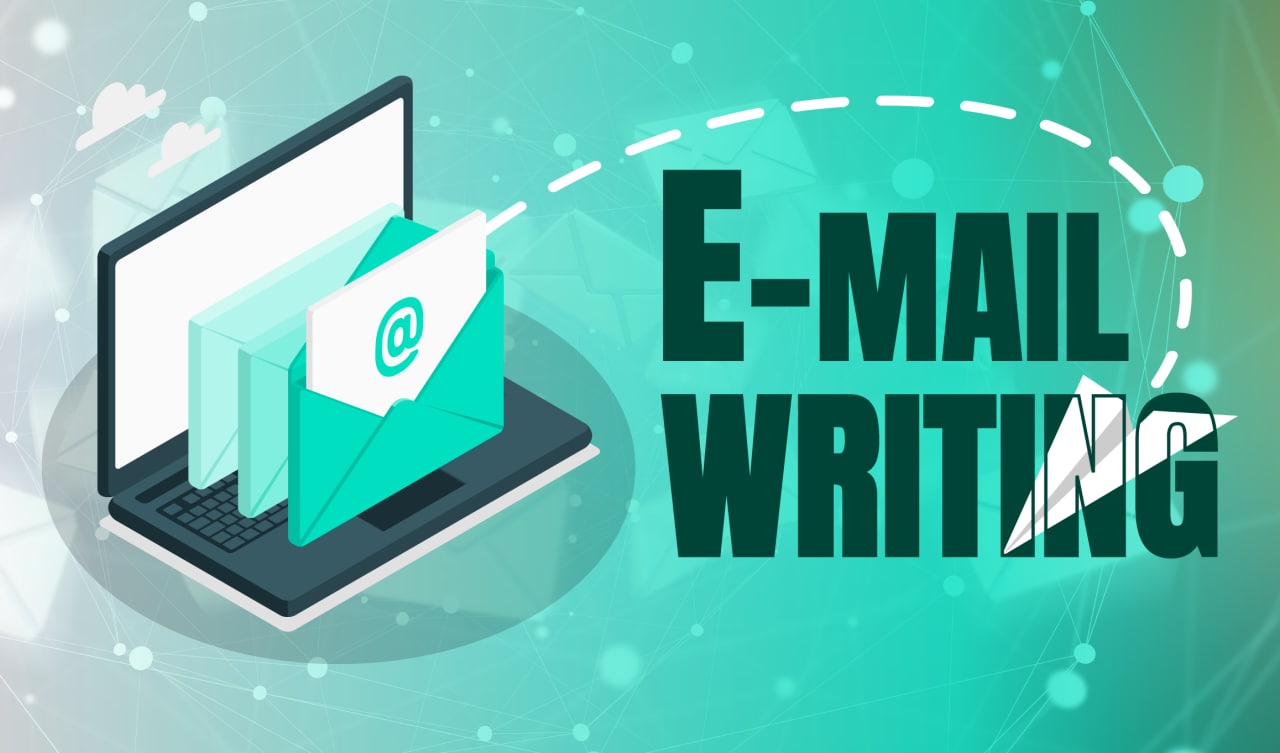
Emails or electronic mails are the most efficient written form of communication in the twenty-first century. These are written mails sent over the internet for quicker and more directed communication. Email is an irreplaceable apparatus in present-day offices and business circles. Unlike personal/informal emails, these business-related emails have a well-defined format, language and tone of their own.
What is a Business Email?
Business Emails are all kinds of email communications happening inside the offices and outside. These are digital alternatives to business letters. Businesses nowadays resort to having email versions of physically sent memos, invoices etc. in many cases. Invitations, acknowledgments, requesting information etc. are communicated via emails regularly.
Types of Business Emails
There is a wide variety of tasks sorted via business emails in companies and they often require versatility in composition and language use. Below listed are three major types of emails exchanged in and outside of the offices -
- Formal Business Emails
- Semi-formal Business Emails
- Informal Business Emails
Formal Business Emails
Business emails are primarily formal because you cannot go wrong with using professional language in the workplace. Contacting people designated higher on the corporate ladder via email and sending business emails to clients or business partners require this kind of courtesy and professionalism in general. Check out the more articles about formal email writing-
External Formal Email Writing Tips and Tricks
Why Do Companies Use Internal Formal Emails
Semi-formal Business Emails
Semi-formal emails are usually sent to those who people do not know very well but cannot be informal to them either since they may not like it or be higher in the corporate hierarchy than the sender. These emails are somewhere in between as in they are not properly formal in style, language and form nor are they informal in essence. These are often formal in parts and informal in parts like asking a direct question and not bothering to use elaborate wordings to sound formal.
Informal Business Emails
Informal emails are often exchanged between colleagues or peers inside the company. The language and topic of these emails are more likely to be very informal and casual. These are no different than sending an email to your friend just to share a link or photo from one computer to another. These emails require no particular language, format, tone or courtesy.
Do check it out for more information about informal emails- How to Write an Informal Email?
How to Write Business Emails?
The email formats and language often depend on the kind of message they are communicating. It is also gravely influenced by the relationship between the senders and recipients. Knowing the phrases to fit inside formal, semi-formal and not-so-formal emails can increase the efficiency of the emails.
Recipient Address
Correctly inputting the email address of the recipient is one of the most crucial tasks in the entire emailing process since these are business collaborations that often contain confidential information and have an urgency to reach the right destination. Email addresses are divided into two parts by the @ sign.
Individual email IDs commonly have the full, first, last or name of the recipient or their initials while generic company emails have info, hello, support, admin etc. there. And as for after the @ sign, it is the official company website addresses or the usual endings like- Gmail.com, yahoo.com, Hotmail.co.uk etc. This often answers the million-dollar question - Are we writing to an individual or the company?
Cc/Bcc
Cc is the short form of “Carbon Copy” and Bcc for “Blind Carbon Copy.” These are additional fields on the top of emails where you can add a few more relevant email addresses you want to send the same email at the same time. Sometimes the recipient asks for emails being sent to multiple addresses within the same company for relevance. When sending an invoice to support, you may also need to send it to info and the CEO email addresses and sending them at a time is easier than sending 3 separate emails containing the same information.
Subject Line
The subject line is one of the most significant segments in the business emails because it lets the recipient know about the topic of the email in brief at the very beginning. Business emails often specify what to put on the subject line so that it makes sorting them that much easier.
Email Salutations
Salutation is the first impression in email communications. Using “Dear” to address the recipient is the most commonly used formal gesture in the English language. The next part of the salutation is the English titles used according to the recipient’s gender and marital status - Mr./Mrs./Ms./Miss. The salutation ends with the surname of the recipient spelled correctly.
Using “Dear Sir/Madam” can excuse the sender if they do not know these details about the person receiving the email. For more ways to perfect your email salutation skills check out the article - Use the Correct Salutation in Formal Emails
Formal Email Openings
The way someone opens an email often expresses their sense of professionalism and courtesy in general. Email openings usually omit formal greetings like- Good morning/afternoon/evening because of their global use and differences in timezones. Phrases like “I hope this email finds you well” are used very often in a variety of situations. Though “How are you?” or “I hope you are doing well” are used in informal emails, they are not commonly seen as being a part of formal emails.
Phrases for Best Formal Email Openings
Email Body Text
This is the portion of an email where the main information, announcement or news is enclosed. Business emails have professional use of words and precise phrases to get the job done swiftly. Using casual tones in language and unnecessary elaboration of sentences are discouraged in these types of emails. There are a few common motives of business emails and knowing formal phrases to approach each may make the task easier. Check out
Vocabulary for Suggestions in Professional Emails to suggest something, How to Ask for Information in Business Emails? for requesting information and Polite Ways to Disagree in Professional Emails to decline or disagree with the recipient without being rude or unprofessional.
Closing an Email
Email closings need extra care and attention because they allow the senders to leave a lasting impression on the recipient. Phrases like “Waiting for your response” or “Eagerly looking forward to a quick reply from you” are often used to close an email. Regards/With regards/Best regards/Good day are common phrases used in the email footer or signature before the name, designation, and contact details of the sender. For more details check out the article - Best Practices for Closing Emails in English
Attachments
Email attachments are very crucial in business communication as companies need to exchange important documents between themselves. The sender must mention the attachment inside the body of the email or the recipient may not notice it. There are ways to professionally introduce your attachment in a few words at the very end of your email if you are sending any. “Please find the document attached to this email” is the most concise and efficient way to address it.
Email Format and Sample
Email formats do not vary much across providers and the universal look and sections to be filled out are given below-
|
Grammar
Read More
- How to Use "Therefore" in Sentences Avoiding Common Mistakes
- How to Use "Whereas" with Examples and Avoid Common Mistakes
- When and How to Use "Thus" Correctly Without Common Mistakes
- How to Use "On the Contrary" Properly with Meaning and Examples
- When and How to Use "Either/Or" with Examples and Common Mistakes to Avoid
- How to Use "On the Other Hand" Effectively without Mistakes
- How to Use "Respectively" with Example and Common Errors to Avoid
- How and When to Use "Moreover" Without Mistakes
- How to Use "Likewise" in Sentences Based on Context & When not to Use
- When & How to Use "Although" in Sentences to Avoid Mistake

